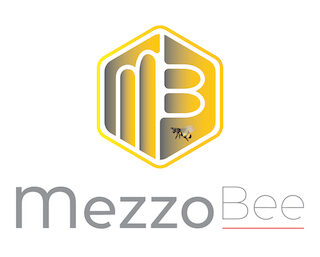Teaching spelling is a foundational aspect of education. Spelling plays a critical role in literacy development. As students learn to spell, they are not only mastering the arrangement of letters to form words, but also enhancing their reading and writing abilities. Effective spelling instruction is linked to improved vocabulary, comprehension, and communication skills — essentials for academic success.

Educators often use a variety of strategies to teach spelling, fully understanding that each student might grasp the concepts differently. These methods can range from phonetic spelling approaches, which emphasize the sounds that letters make, to visual strategies, like word shapes and patterns. Recognizing and respecting the individual learning styles of students is key in helping them become proficient spellers.
As technology integrates into everyday learning, digital tools also contribute to innovative spelling instruction. Online games, apps, and learning platforms offer interactive experiences that can make spelling practice more engaging for students. However, educators can balance these modern techniques with traditional methods to maintain a well-rounded spelling curriculum.
Fundamentals of Teaching Spelling

Effectively teaching spelling involves understanding its principles, cultivating phonemic awareness, and recognizing spelling patterns and rules. Mastery of these elements supports learners in becoming proficient spellers.
Understanding Spelling Principles
When teaching spelling, be mindful that it’s not just memory work; it’s understanding how letters represent sounds and meaning within words. For instance, one principle is that English spelling is morphophonemic, where spelling units can represent both sounds (phonemes) and meaning (morphemes).
Phonemic Awareness
Phonemic awareness is crucial as it allows learners to hear, identify, and manipulate phonemes, the smallest units of sound. They must recognize, for example, that the word “cat” is made up of three phonemes: /k/, /æ/, and /t/. This can be visually represented with a simple table:
| Word | Phonemes |
|---|---|
| cat | /k/ /æ/ /t/ |
Spelling Patterns and Rules
Once phonemic awareness is established, students should learn common spelling patterns and rules, such as:
- CVC words (Consonant-Vowel-Consonant): such as “bat” or “dog”
- The “magic e” that changes vowel sounds, as in “make” versus “mak”
- Common prefixes and suffixes: un-, -ing, -ed
Spelling rules can sometimes have exceptions, but knowing the general patterns can provide a good foundation for understanding and predicting how words are spelled.
Strategies and Techniques

Effective spelling instruction involves a variety of strategies and techniques to meet different learning styles. Emphasis is placed on integrating multisensory activities, consistent practice, timely feedback, and utilizing technology to reinforce learning.
Multisensory Methods
Multisensory methods engage more than one sense at a time, such as combining visual, auditory, and kinesthetic activities. For example, students might write words in sand while saying the letters aloud. They can also use color-coded letters to visually distinguish between different phonetic components or word parts.
Repetition and Practice
Repetition and practice are critical for spelling mastery. This can include:
- Daily spelling drills where students write words multiple times.
- Using flashcards to help in memorizing common spelling patterns.
- Encouraging students to integrate practiced words into their writing assignments.
Assessment and Feedback
Regular assessment and feedback enable students to recognize their spelling strengths and weaknesses. Teachers can employ:
- Spelling quizzes to evaluate progress.
- Providing personalized comments on written work that highlight both correct spellings and errors.
Technology in Spelling Education
Technology offers innovative ways to learn spelling:
- Educational software that turns spelling into interactive games.
- Utilizing spell check functions to teach students how to self-correct.
- Online spelling challenges that connect learners worldwide, motivating students with a sense of competition.
